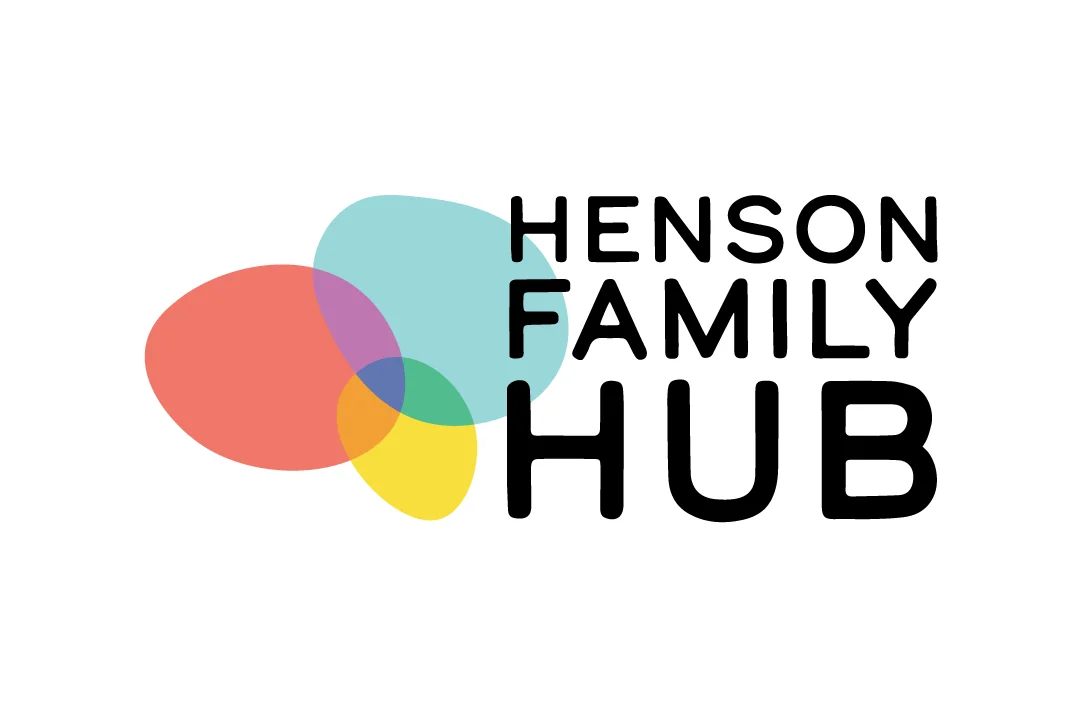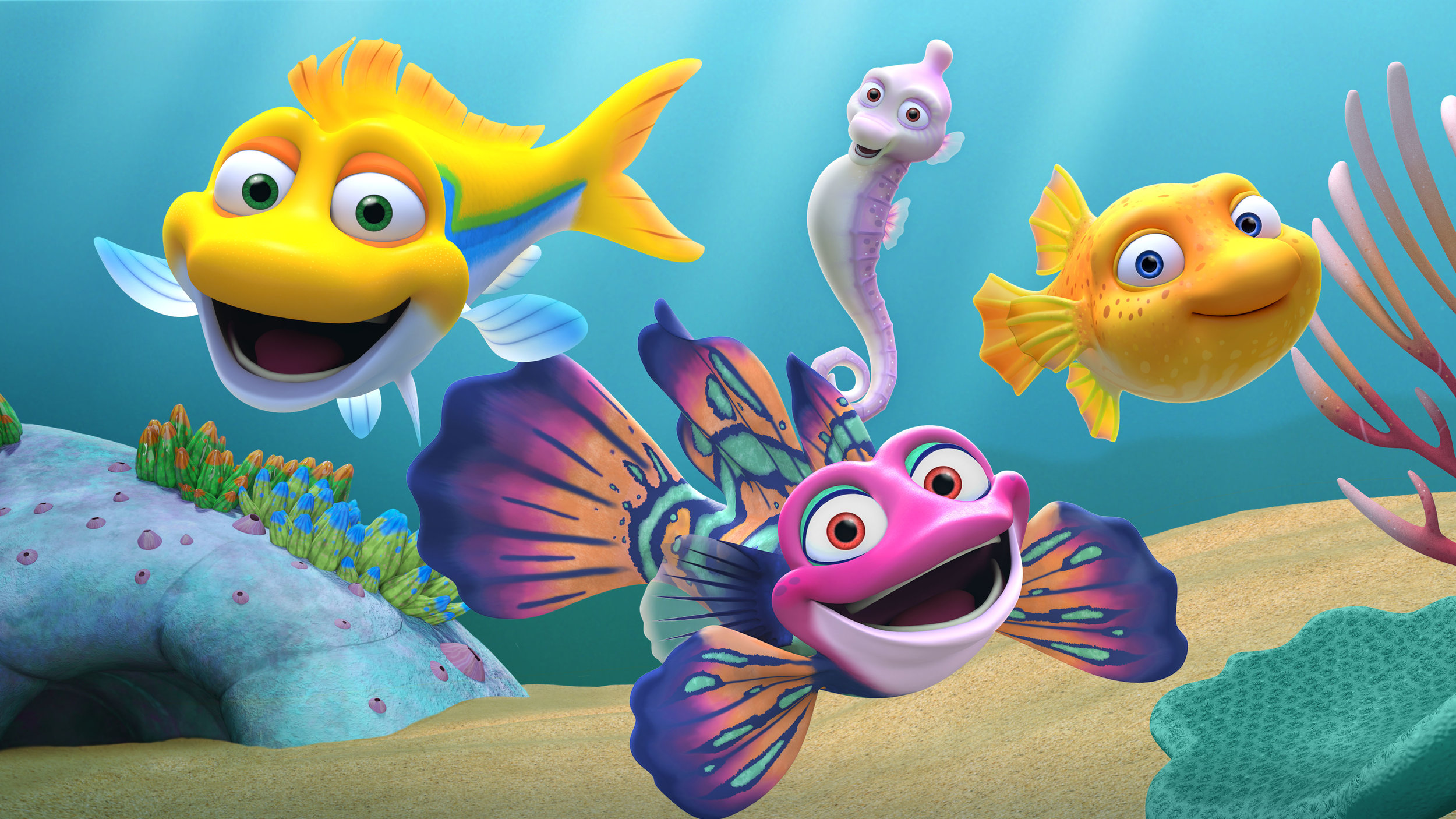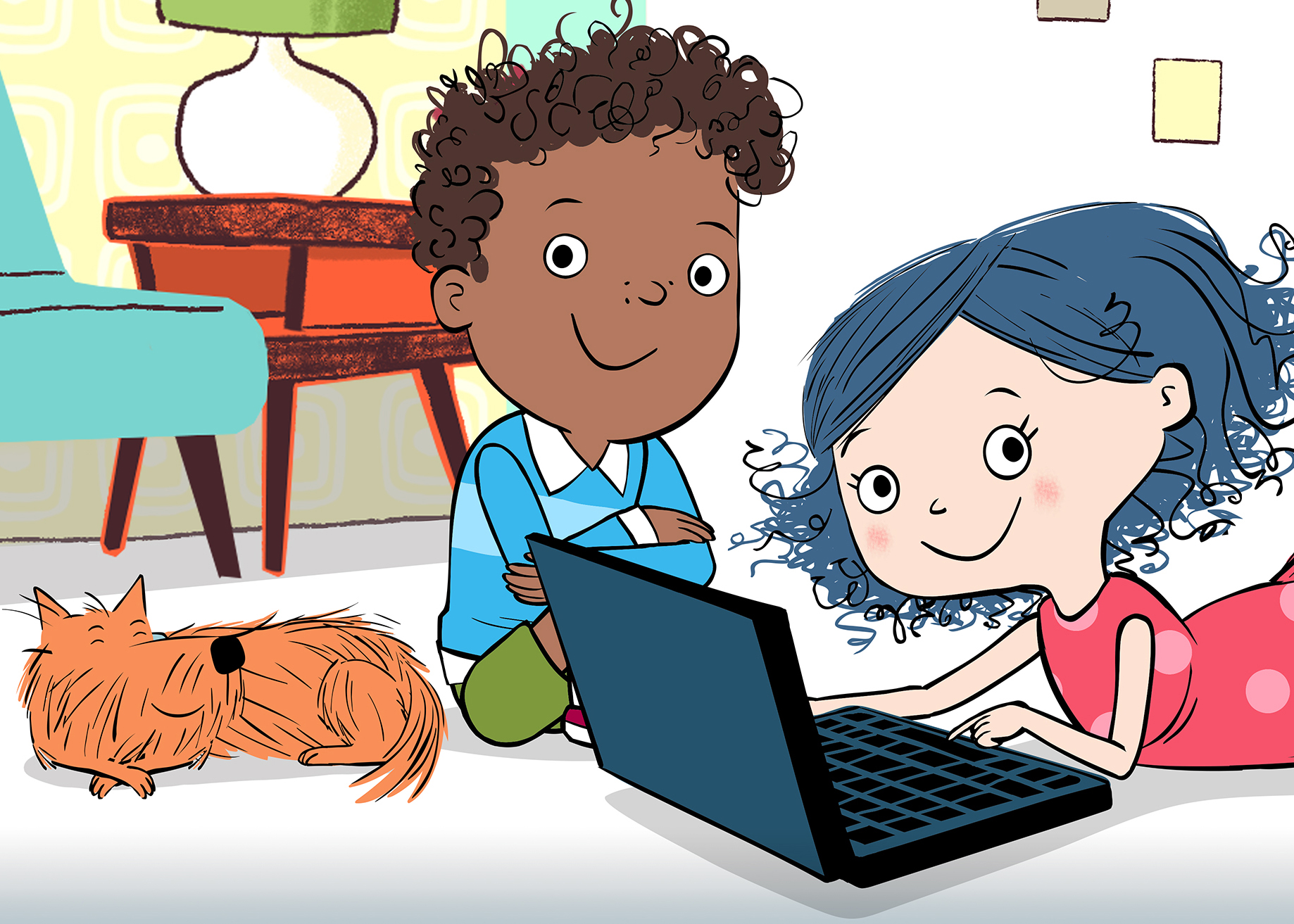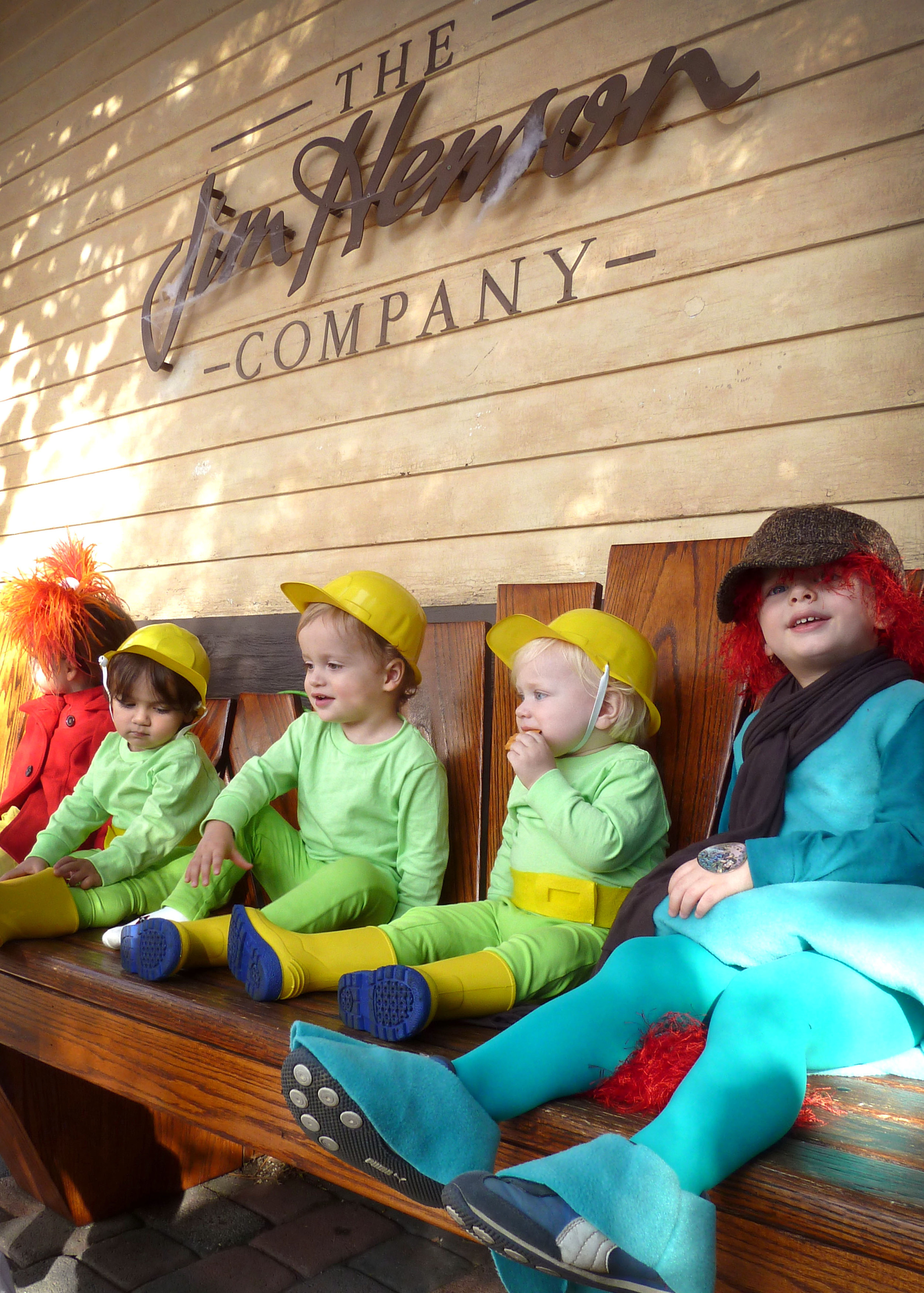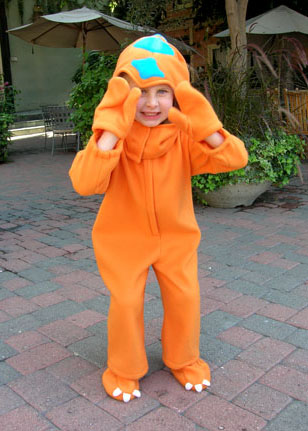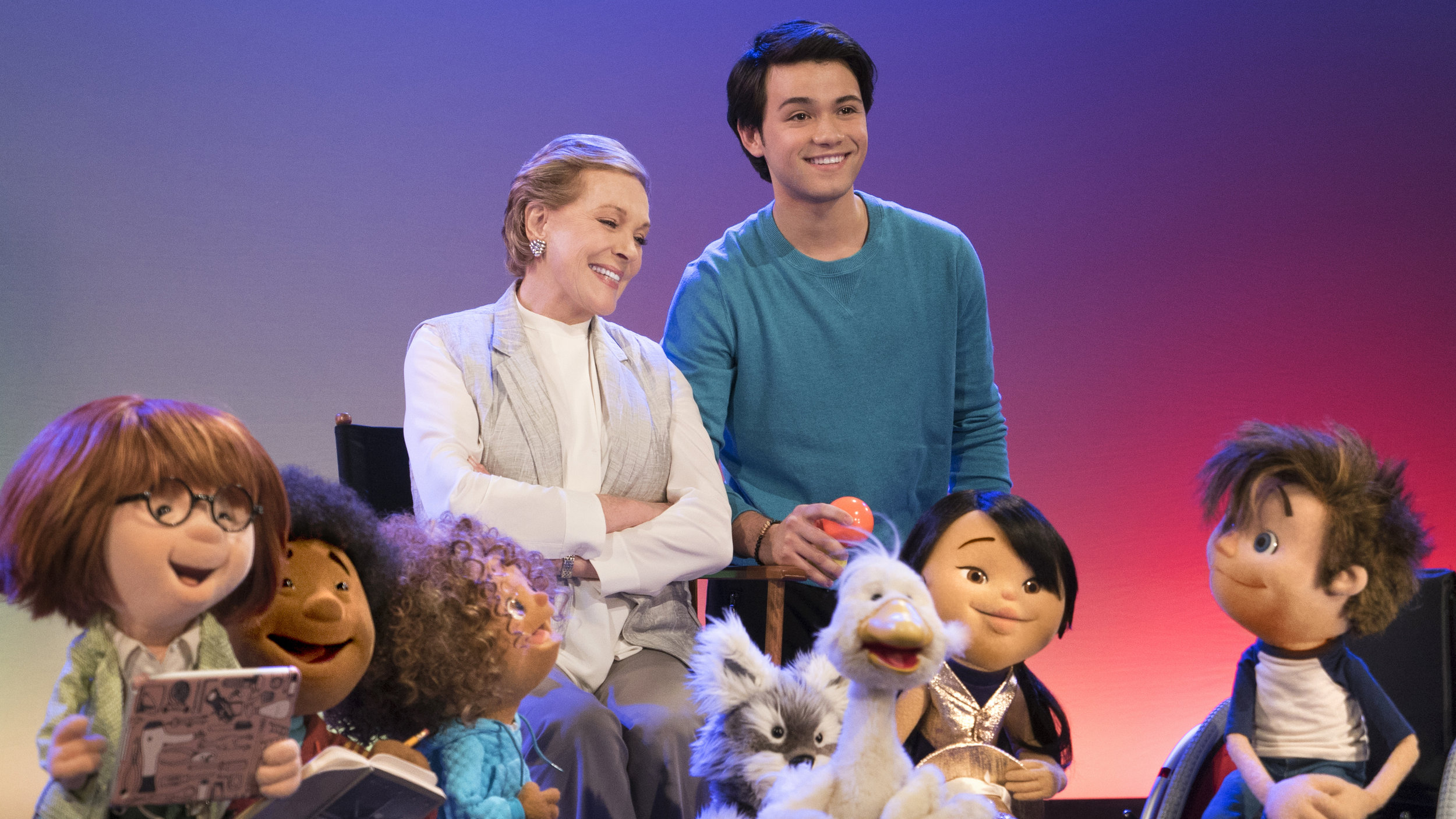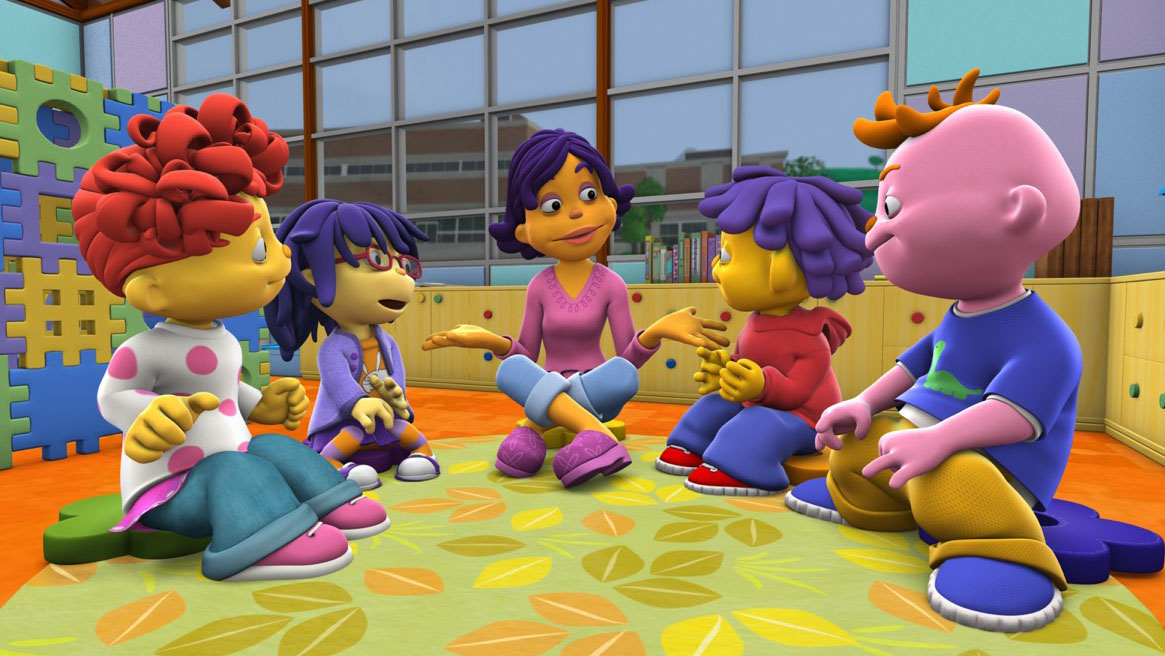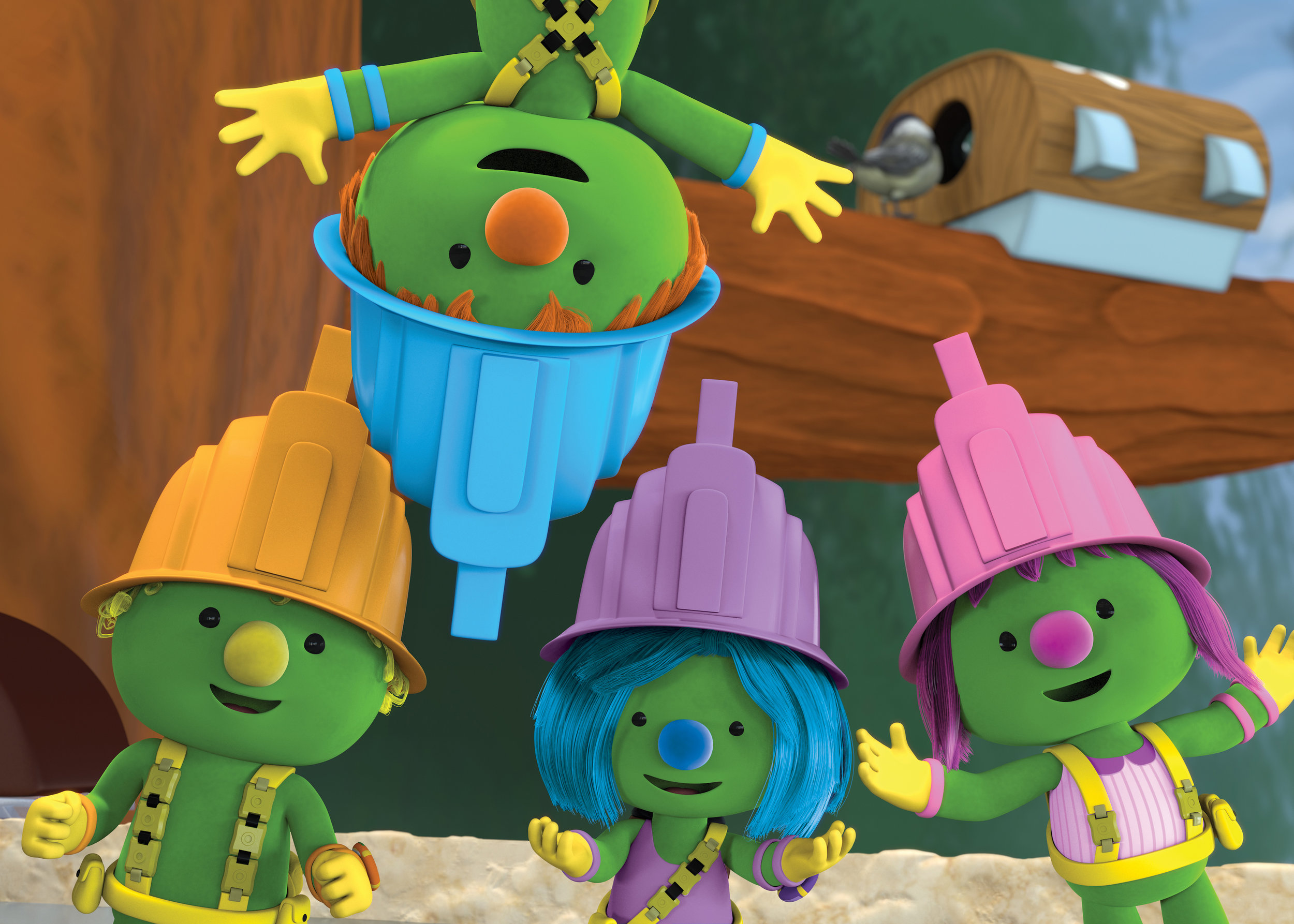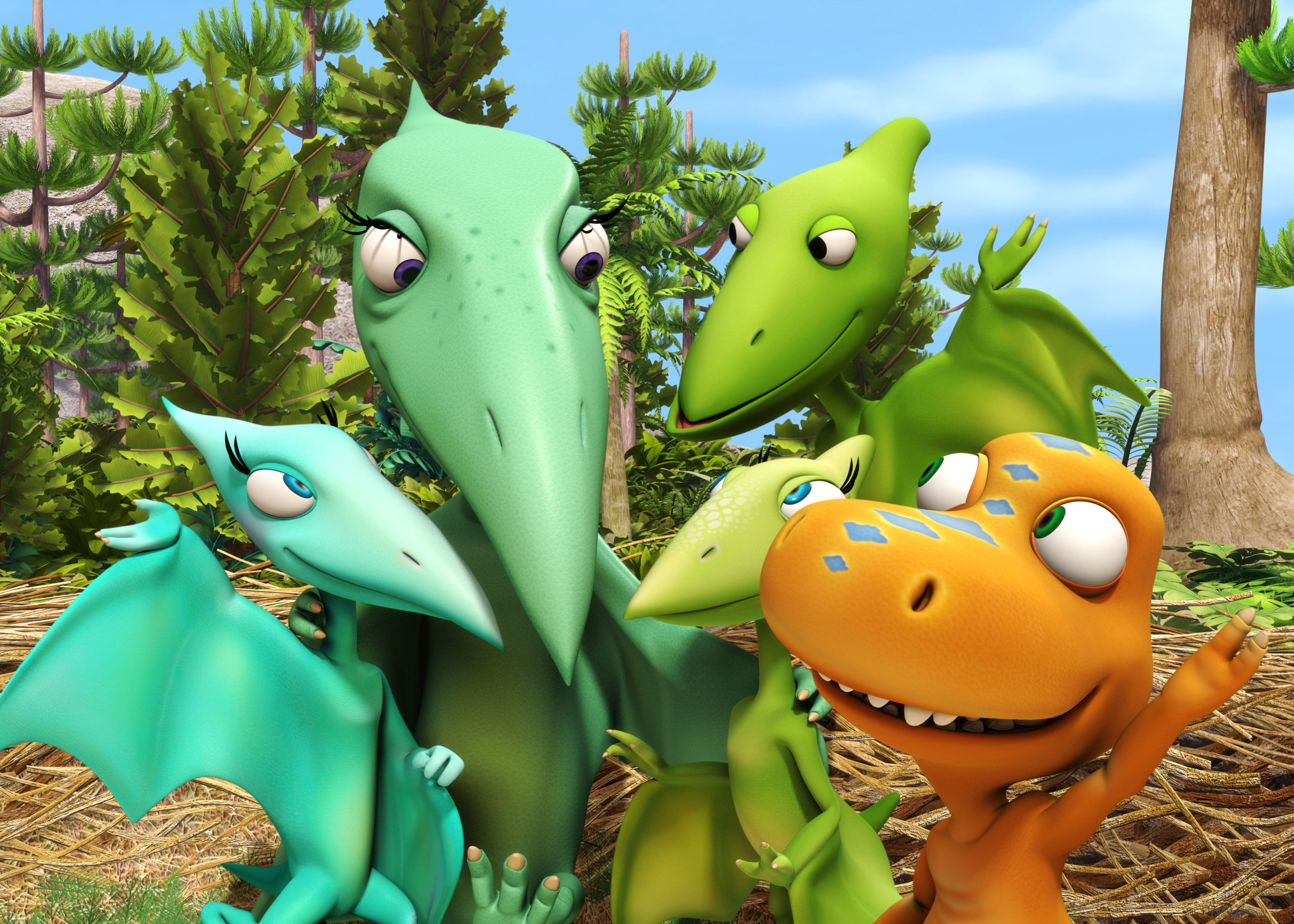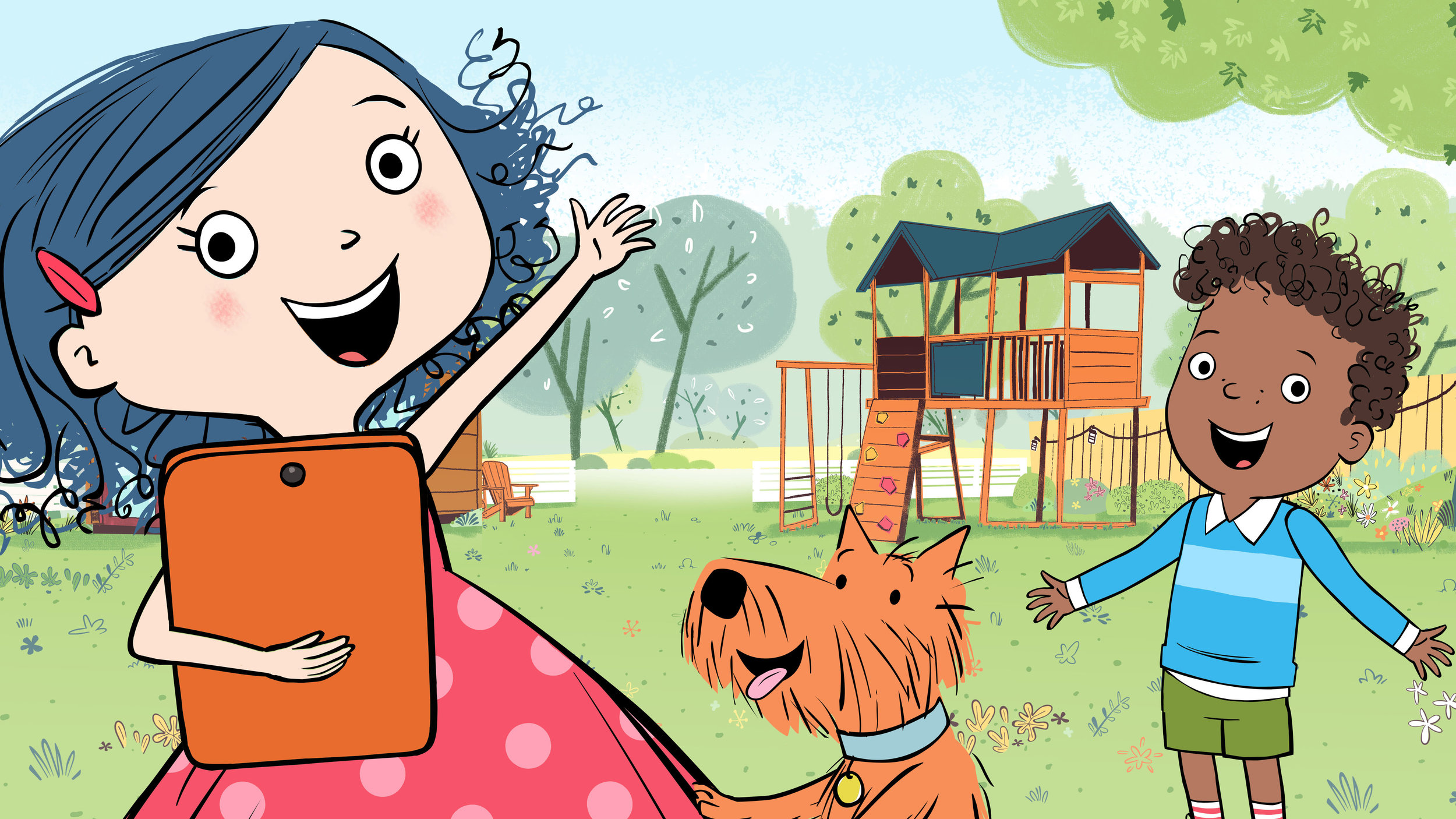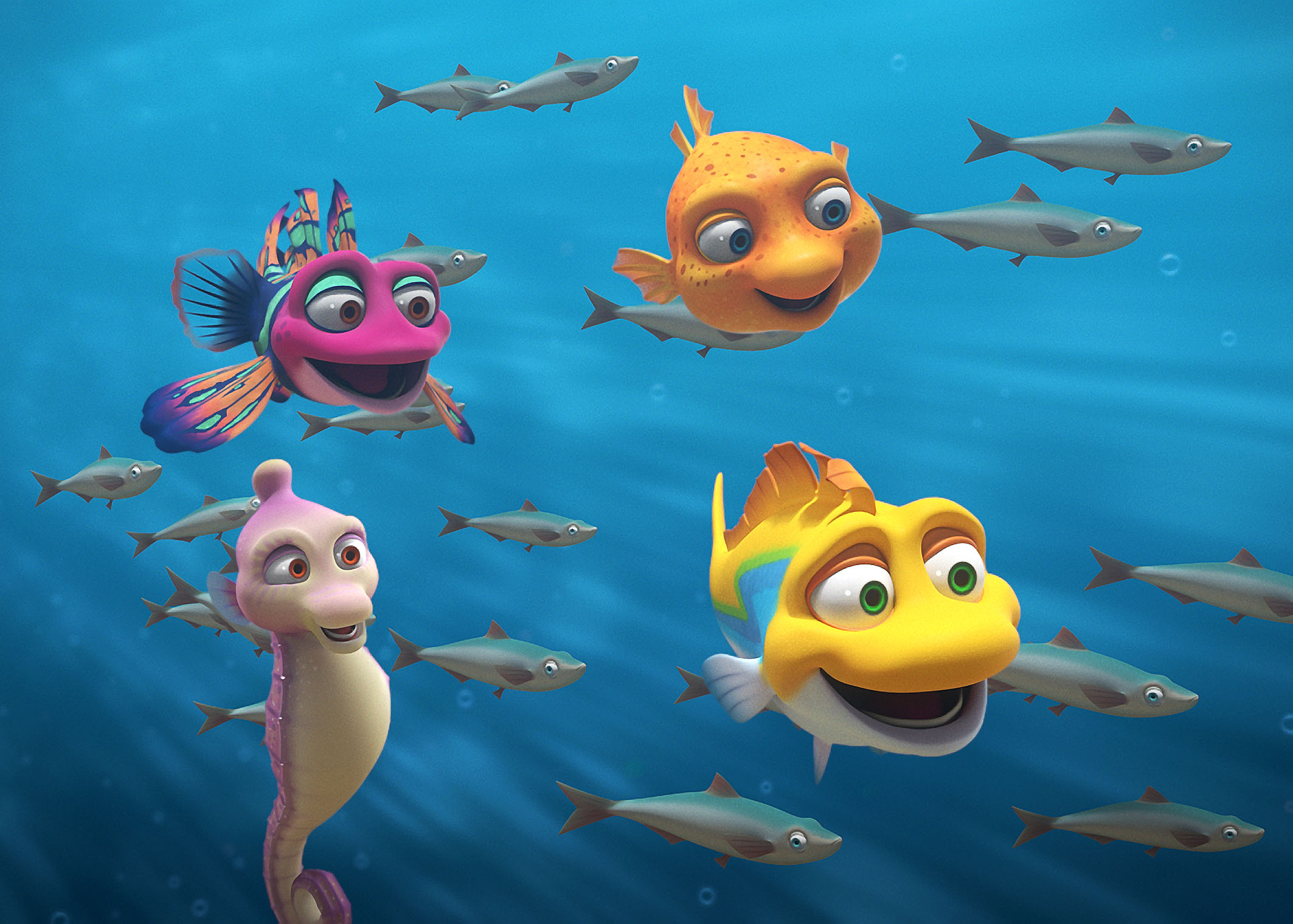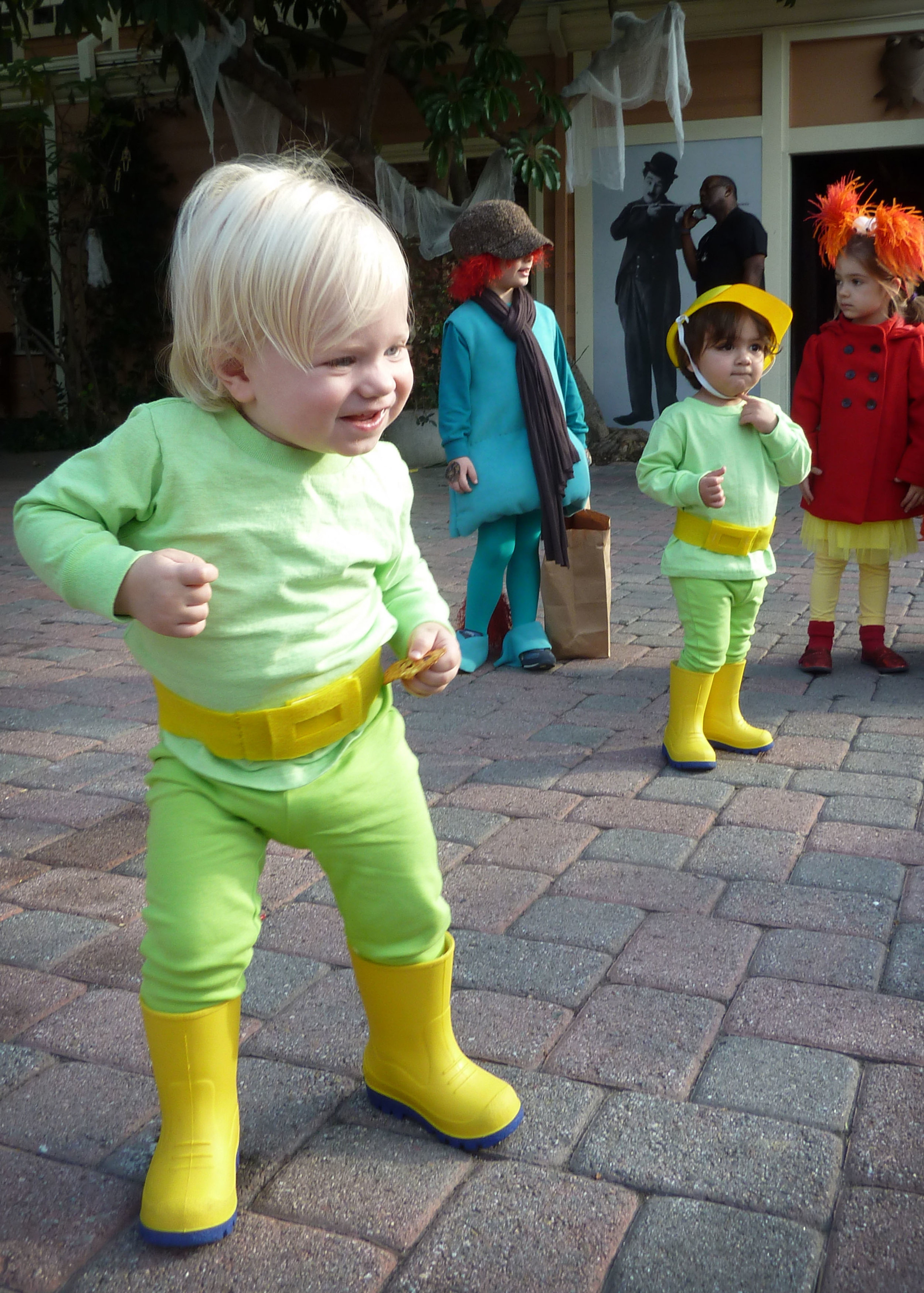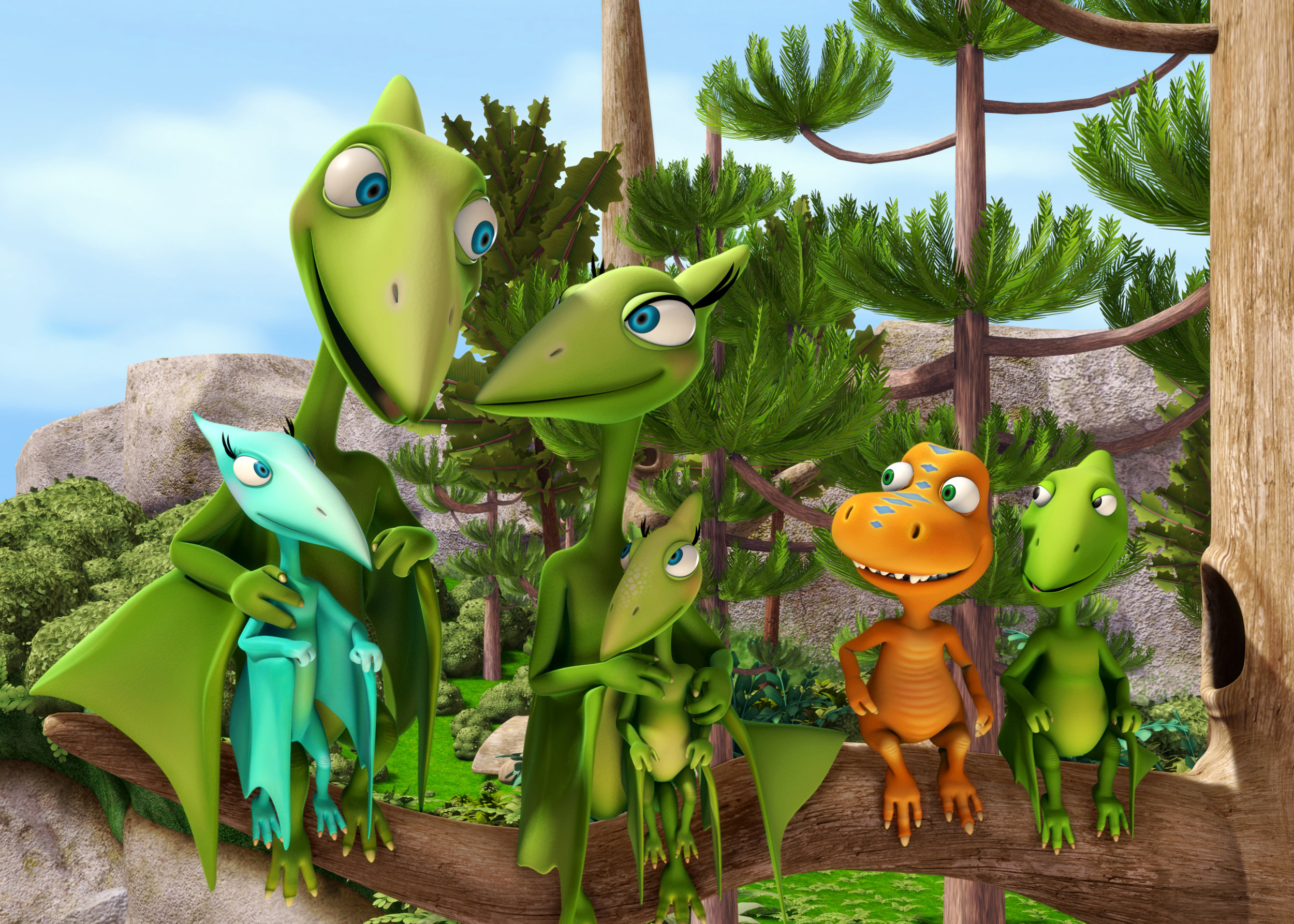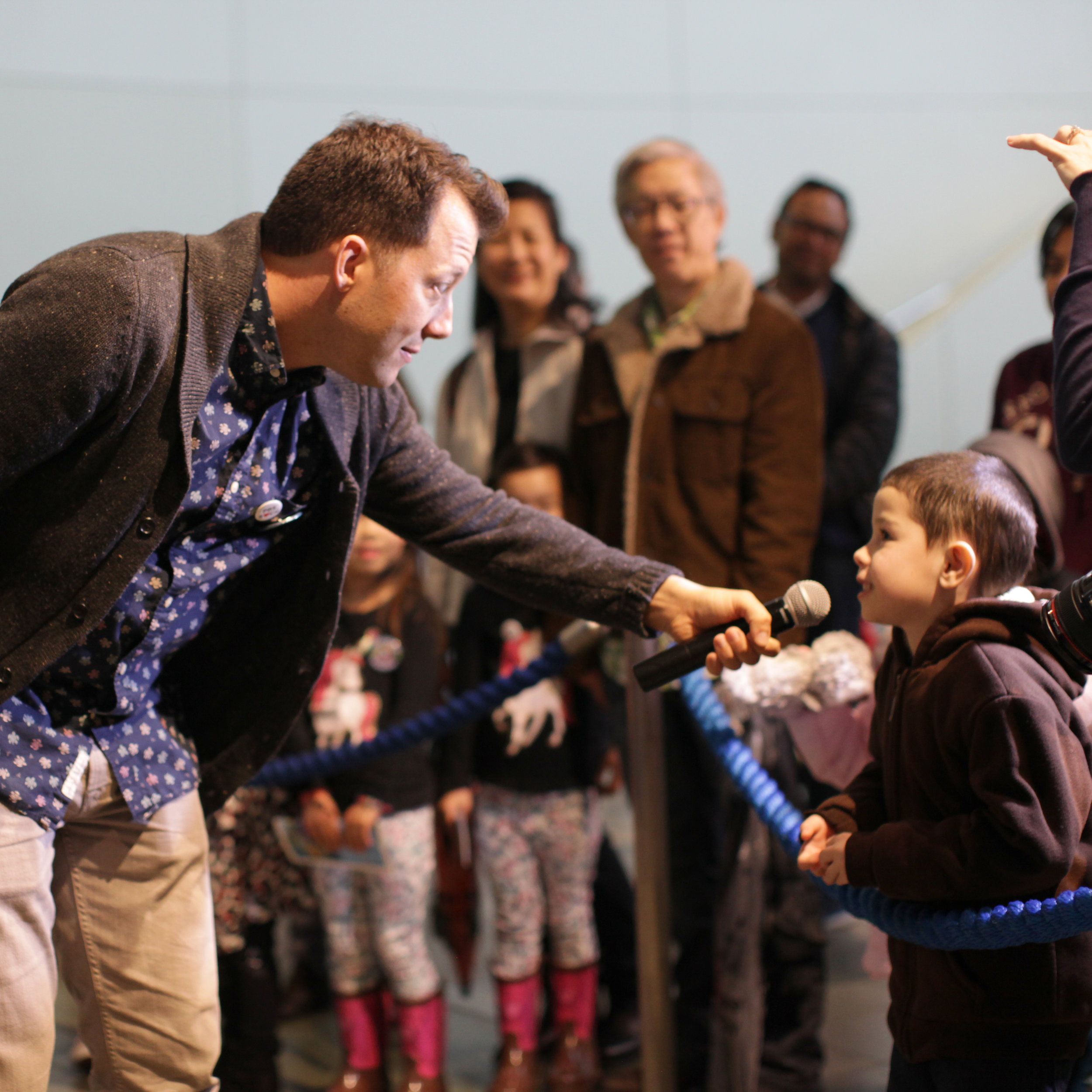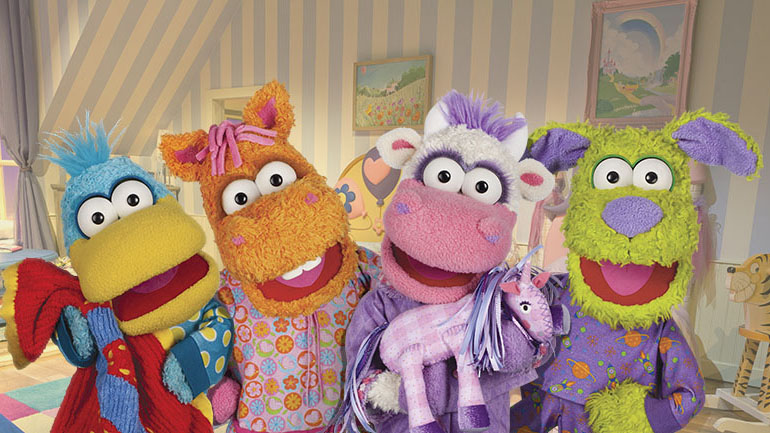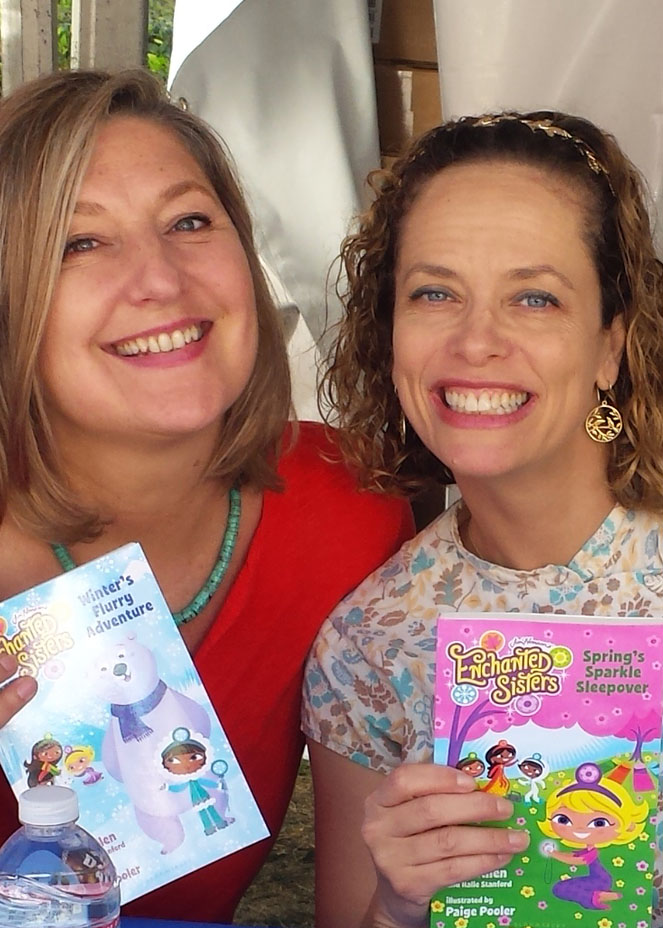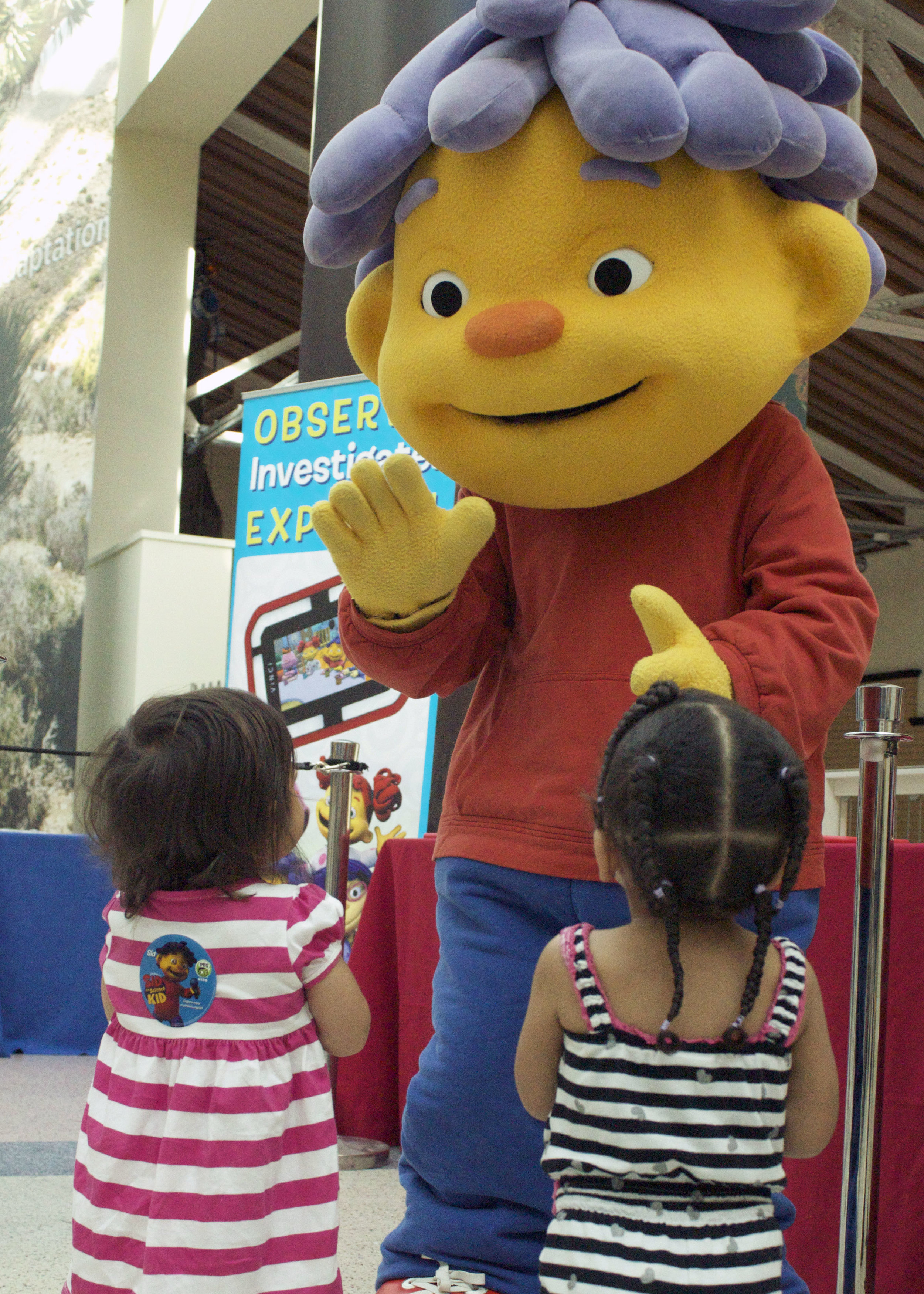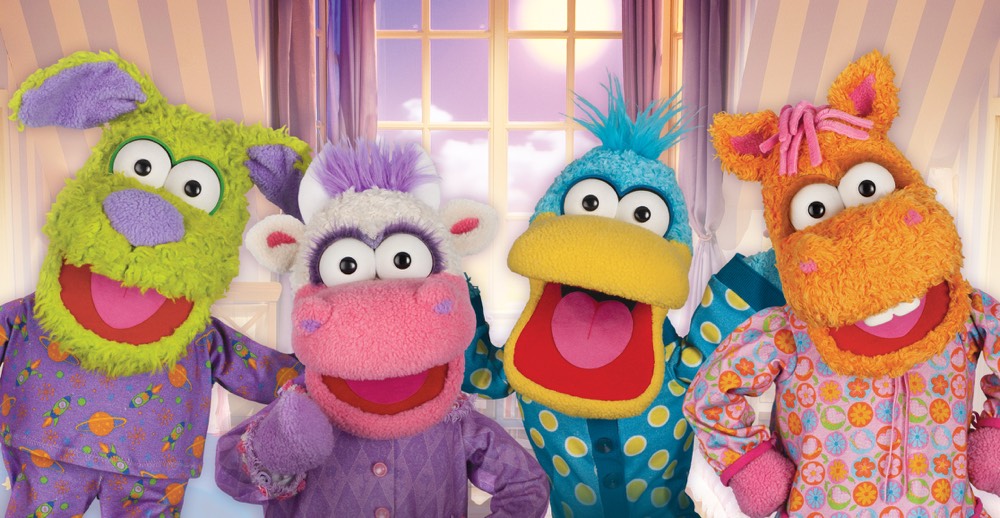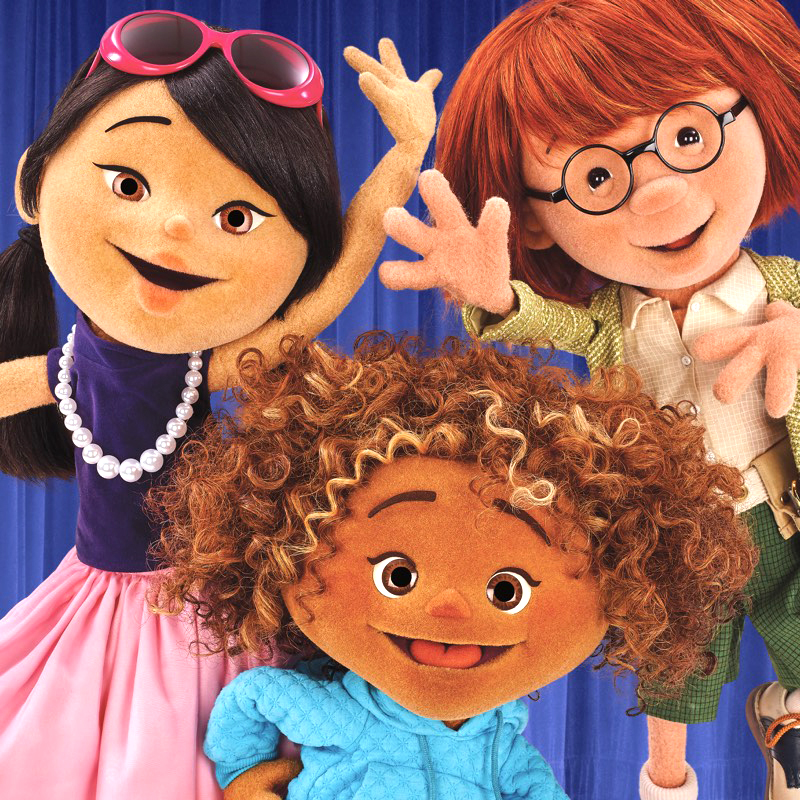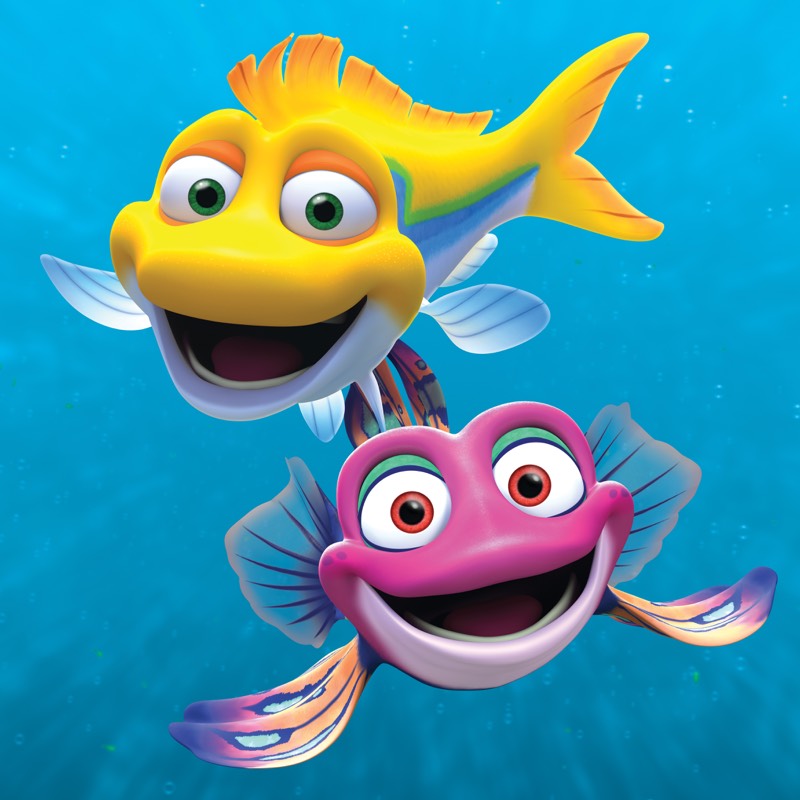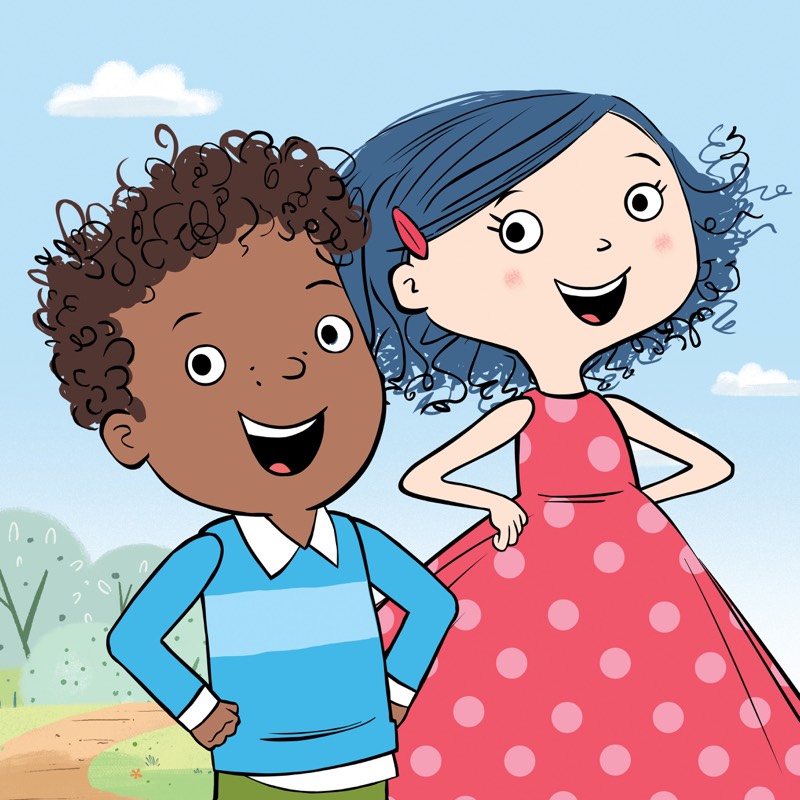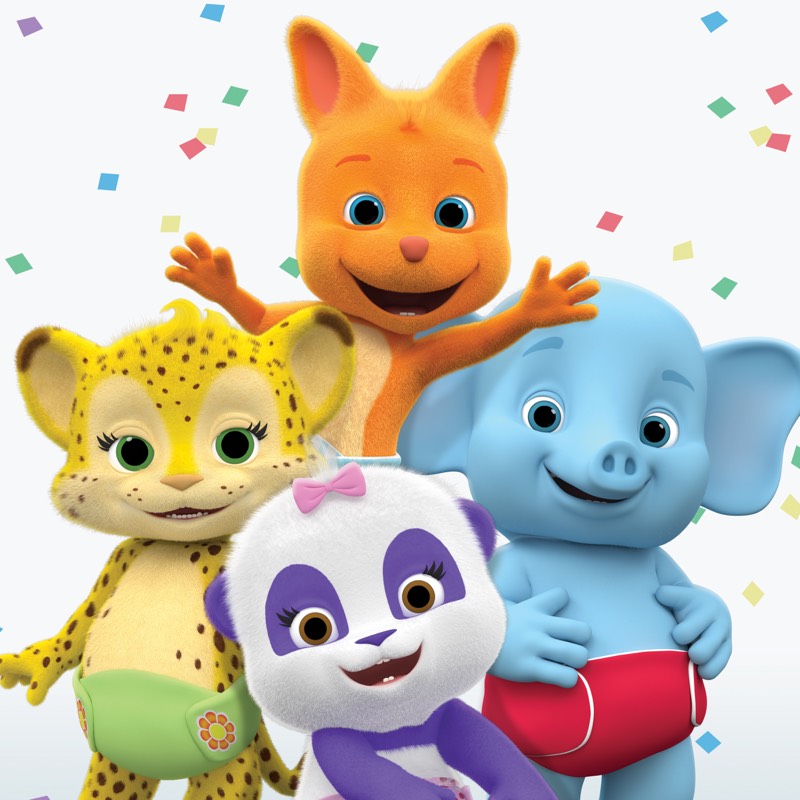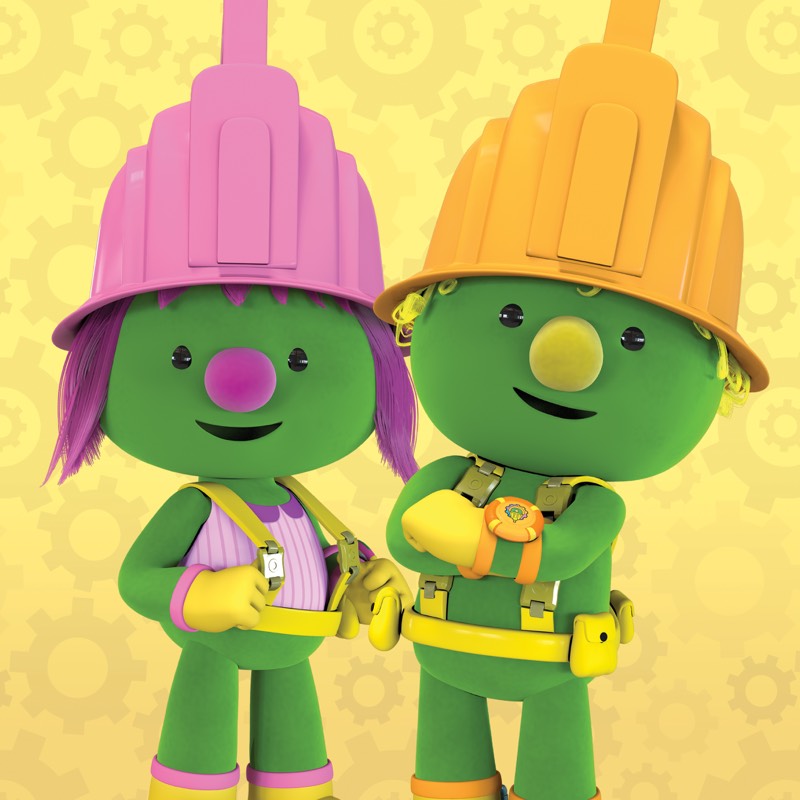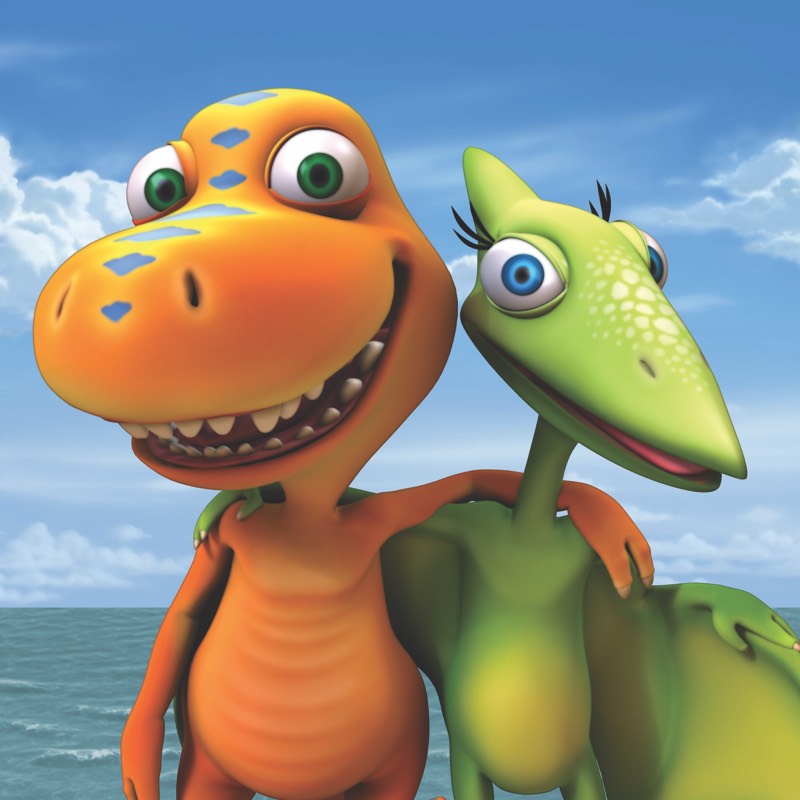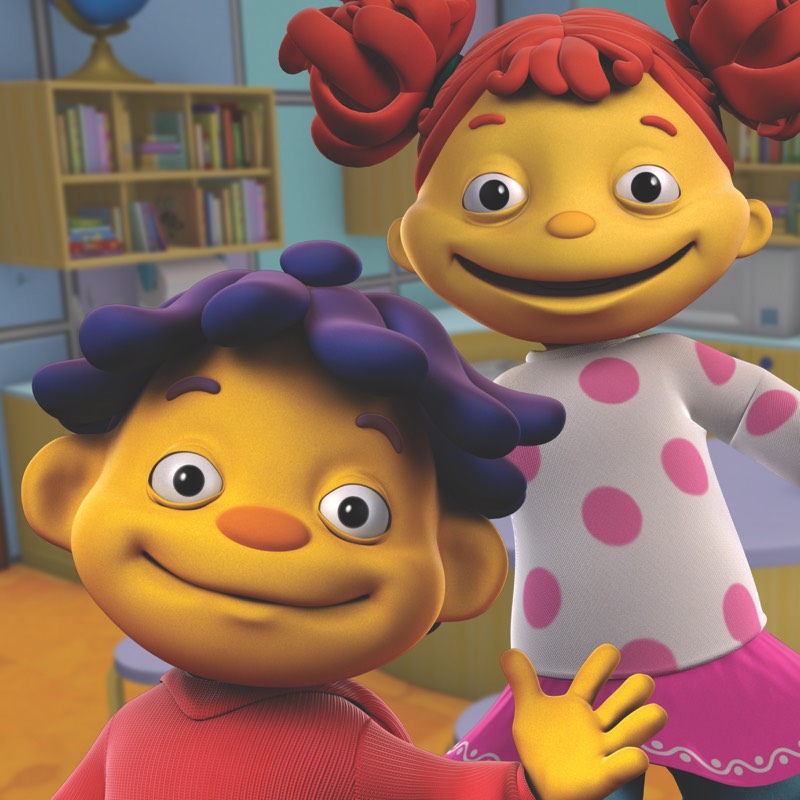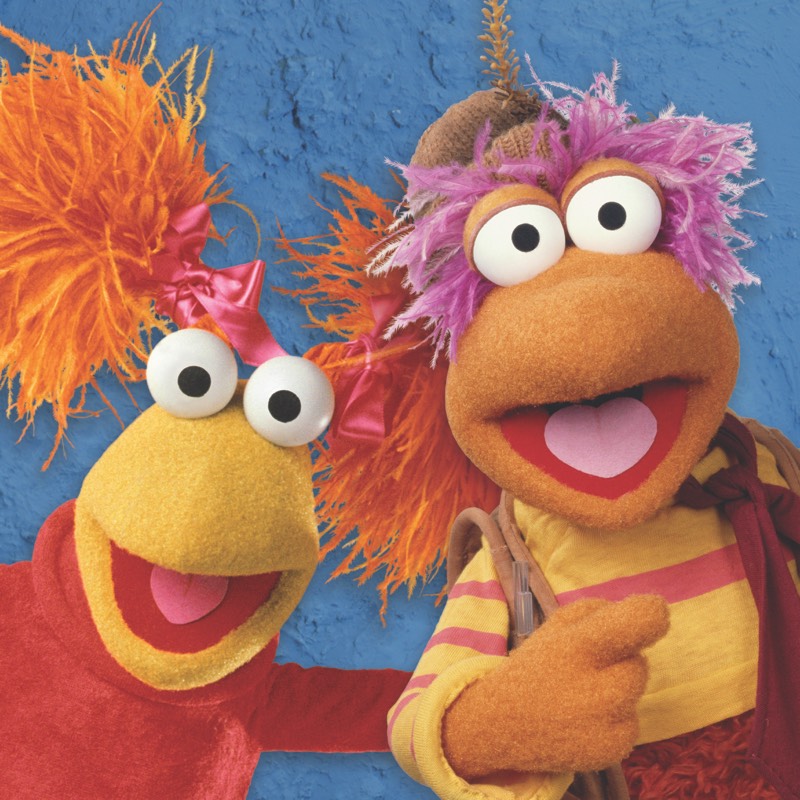Reading and Play - Do the Two Intersect?
by Peggy Kaye, Chief Learning Officer, HOMER
At The Jim Henson Company, we’re big fans of learning AND playing. In fact, we often find ourselves doing both and don’t even realize it. Peggy Kaye, Chief Learning Officer at Homer, a proud sponsor of Dinosaur Train shares a few activities to get your family reading and playing!
Reading and play - do the two intersect? They can and they should - because when they do, the mix can be magical. Presenting reading tasks, or any other skill, in games or engaging activities lowers children’s anxiety and increases their involvement.
TREASURE HUNT:
Saturday morning… nothing special on the agenda… might be time for a treasure hunt.
First, decide what the treasure will be. It could be a small toy, a cookie or a special trinket. Then find a hiding place. Next, take five to ten index cards (the more cards, the longer the treasure hunt) and write clues on them.
The first card will direct your child to the second card. “Look under the red pillow in the living room.” The second card -- which you will hide under the red pillow -- directs your child to the third card. Your child goes from card to card until…the treasure…. is revealed.
This game will take you about ten minutes to prepare, but the fun will last a lot longer than that. Better yet, your child has a powerful motivation to read each card, which is the unspoken agenda for the game.
SCAVENGER HUNT:
Next week, you might try a scavenger hunt. This game works best when there are several players. Make a scavenger hunt list: something soft, something blue and red, something green you can eat, something orange you can wear, and so forth. Each hunter gets a bag to gather their goodies. The first to find everything on the list wins.
FAMILY JOURNAL:
A shared journal offers a perfect way to make reading and writing an integral part of your family’s life.
To begin, you need a book with unlined paper to use as a journal. Drawing books work beautifully for this job. Once a week, each member of the family picks something that happened during the week that was great, or awful, or especially fun, or something worth remembering.
On the top of a fresh page, write the date, and then each person adds their experiences. Take dictation for young children, or let them use invented spelling. If what’s written isn’t understandable, you can translate underneath. You might decide to use drawings, with or without captions, to share the week’s memory. You might decide to include something you all did together rather than have different contributions.
After a few weeks, go back over the book and remember together. Leave the book in an available spot so that anyone, including your child, can pick it up and thumb through it. If making this a weekly event isn’t optimal in your house, that’s fine. You can pull out the journal when it makes sense to do so.

